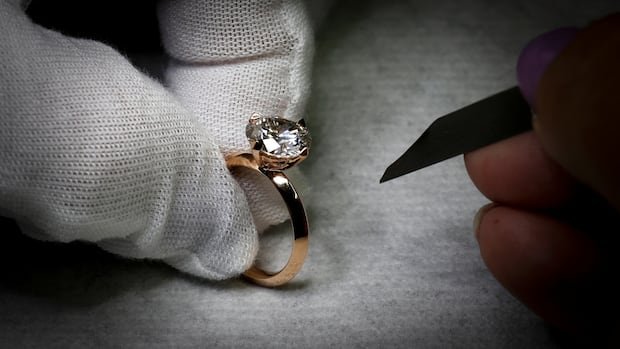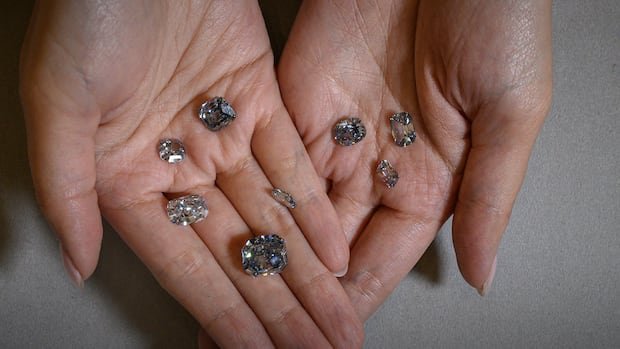Years ago, when Aret Oymakas entered the diamond industry, customers seeking engagement rings primarily desired authentic, naturally mined diamonds.
Back then, as the owner of Livia Diamonds in Toronto, Oymakas recalls that the focus was on obtaining a traditional diamond within the constraints of design and budget.
However, the landscape has since shifted significantly.
The surge in popularity of lab-grown diamonds in recent years has posed a formidable challenge to the conventional mined diamonds.
Oymakas notes that until 2018, his business was exclusively centered around natural diamonds. However, with the emergence of lab-grown diamonds, their share has dwindled to a mere three to four percent.
According to experts like Oymakas, factors such as ethics, costs, and the increasing expenses for new couples have contributed to the declining appeal of natural diamonds, consequently impacting the mining sector, including operations in Canada’s North.
Hundreds of people are being laid off at a diamond mine in the Northwest Territories as production halts, signaling a shifting industry. Lab-grown diamonds are surging in popularity, offering a similar sparkle for a fraction of the price.
Recently, Burgundy Diamond Mines announced layoffs and the temporary suspension of operations at their Point Lake open-pit mining site in the Northwest Territories, citing the site’s economic viability in the face of plummeting diamond values.
Data from Tenoris indicates a 26% decline in natural diamond prices compared to two years ago, impacting the diamond industry in Canada, which exported $2.21 billion worth of diamonds in 2019, ranking as the third-largest diamond producer globally at the time.
The shift towards lab-grown diamonds, which mimic the natural diamond formation process underground but are created above ground using accelerated methods, has been accelerated by factors like affordability, customization options, and ethical concerns.
While some emphasize the unique allure of natural diamonds rooted in their geological origins, lab-grown diamonds offer a more uniform and reproducible alternative.
For consumers, the primary distinction often lies in the price tag, with lab-grown diamonds providing similar clarity and color at a fraction of the cost compared to mined diamonds.


